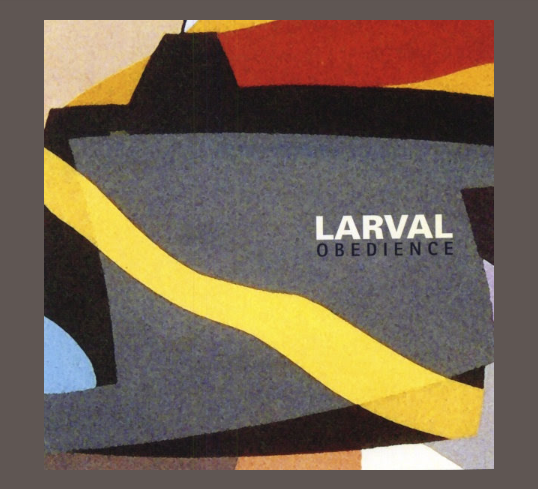22-Year-Old Pianist Connie Han
Brings Jazz into Neo-Noir Territory On
Mack Avenue Records Debut CRIME ZONE
“Learning the piano as a child was a gift. By the time I became interested in jazz at the age of 14, I had great technical proficiency on my instrument allowing me to focus all of my energy on the more sophisticated elements of jazz music. More importantly, I was able to tackle the social equation of learning how to play with others. It takes a lot of time and patience to internalize the essence and heartbeat of jazz.”
The 22-year-old’s connection to jazz began at the Los Angeles County High School for the Arts where she met and was mentored by drummer Bill Wysaske, who produced CRIME ZONE and has also become the musical director of her trio. Han shares her LACHSA alumni status with several major players in the entertainment industry such as Josh Groban, Jenna Elfman, Christina Milian and GRAMMY® Award-nominated jazz pianist and composer Gerald Clayton. After a three-week stint at UCLA, Han immediately began her professional piano career at 17-years-old; a step that Han believes gives her an overall edge against most players her age.
“Because I never received training from a formal jazz piano teacher, most of my musical perspective actually came from interacting with a professional drummer when I was just a youngling, trying to hang on for dear life. I think that experience has given me a unique edge which informs the heavily percussive elements of my playing.”
CRIME ZONE features Han’s in-the-groove working trio which includes Wysaske on drums and Edwin Livingston on bass. She’s also enlisted the considerable talents of guest players tenor-saxophonist Walter Smith III and trumpeter Brian Swartz for the album.
CRIME ZONE opens with “Another Kind of Right,” a tune Han wrote in tribute to the Freddie Hubbard tune, “One of Another Kind.” Han states, “the bridge is a very tough, swaggering Freddie Hubbard style of playing. Bill Wysaske arranged and curated a lot of what goes on there. It was his idea to transition from acoustic piano to Rhodes at my solo, giving the music a breath of fresh air. It’s definitely inspired by that post-bop, pre-fusion sound straight out of the late ‘60s and early ‘70s.”
The expansive title track featuring the swinging sax accompaniment of Smith III, which winds to a stoop midway through before restarting with a lively interplay between Han, exemplifies much of the style and aesthetic thrust that the pianist wants her debut to embody.
“This record is really meant to be a statement about being rebellious but within the tradition,” Han explains. “It’s provocative and fresh in its own way, while still having one foot in the past and honoring the jazz tradition. The title, CRIME ZONE, reinforces how I hope to brand myself as an artist, which in the end is being a provocateur of creative music.”
The title track demonstrates the futuristic visual and aesthetic element that Han has brought to the zeitgeist surrounding CRIME ZONE, one that draws its inspiration from films like Blade Runner and the 1988 Japanese animated film, Akira. “Not only does jazz capture the rebellious spirit of cyberpunk culture,” says Han, “but also the forward-thinking essence of science fiction. These traits are important to my musical philosophy as well as my style as an artist and person.”
One of the things that sets Han apart from most of her contemporaries is her skill on the always distinctive Fender Rhodes. As the title suggests, another Han original “Grüvy,” she playfully taps into that super tasty, laid back Rhodes flavor, one that recalls the playing of Bob James, but also nods again to Han’s musical education. “It’s an instrument that has always been a part of the consciousness of my piano heroes, like Herbie Hancock and Chick Corea. I wouldn’t say it has a pop vibe but it’s definitely more mainstream,” says Han.
She acknowledges the influence of another one of her heroes, Joe Henderson, by covering his “Shade of Jade” which was originally recorded on his Mode For Joe album. Han explains, “The concept for the entire arrangement is actually based on just four bars of Joe Chambers’ polyrhythmic comping on the head of the original recording.”
On CRIME ZONE, Han has staked her claim as a fresh new voice on jazz piano, one whose sense of visual style might even draw audiences who normally wouldn’t listen to straight-ahead jazz. “Even though jazz is meant to be fearless in its creative limits, I strongly believe in preserving the musical foundation,” Han states. “As a new artist, I want to show that it is possible to create infinite fresh ideas without having to deconstruct the building blocks of the jazz language. To me, that language is universal.”
1 Another Kind of Right
2 Crime Zone 7:34
3 By the Grace of God
4 Pretty Women
5 Southern Rebellion
6 Grüvy
7 A Shade of Jade
8 Member This
9 Is That So?
10 Extended Stay





























